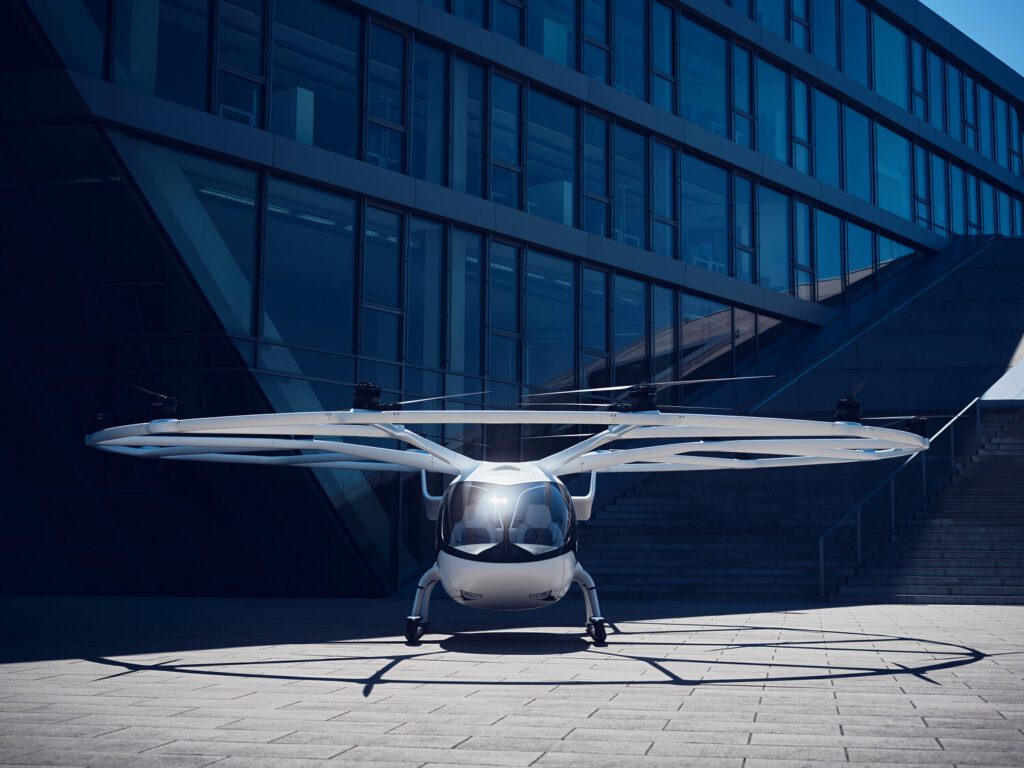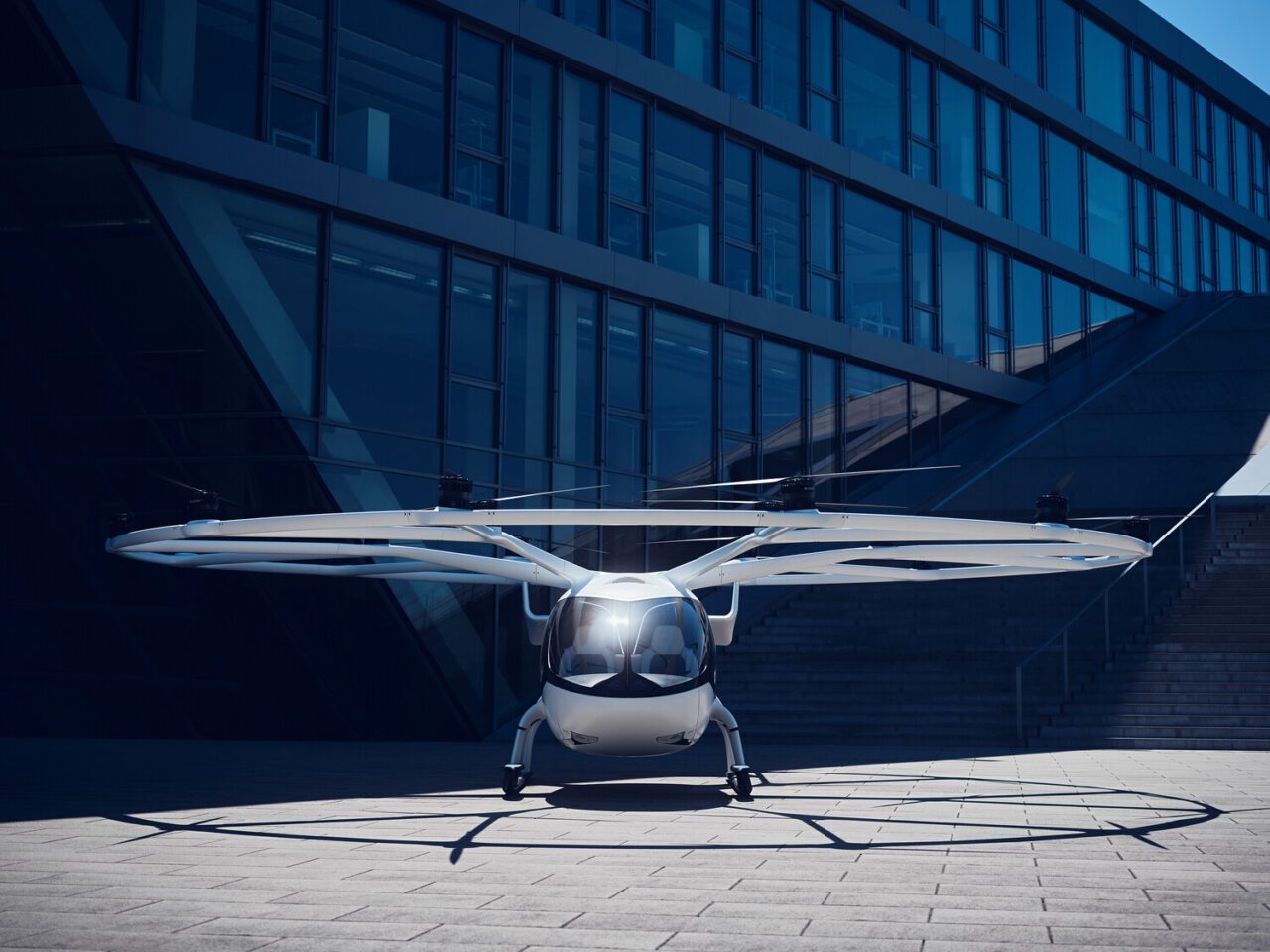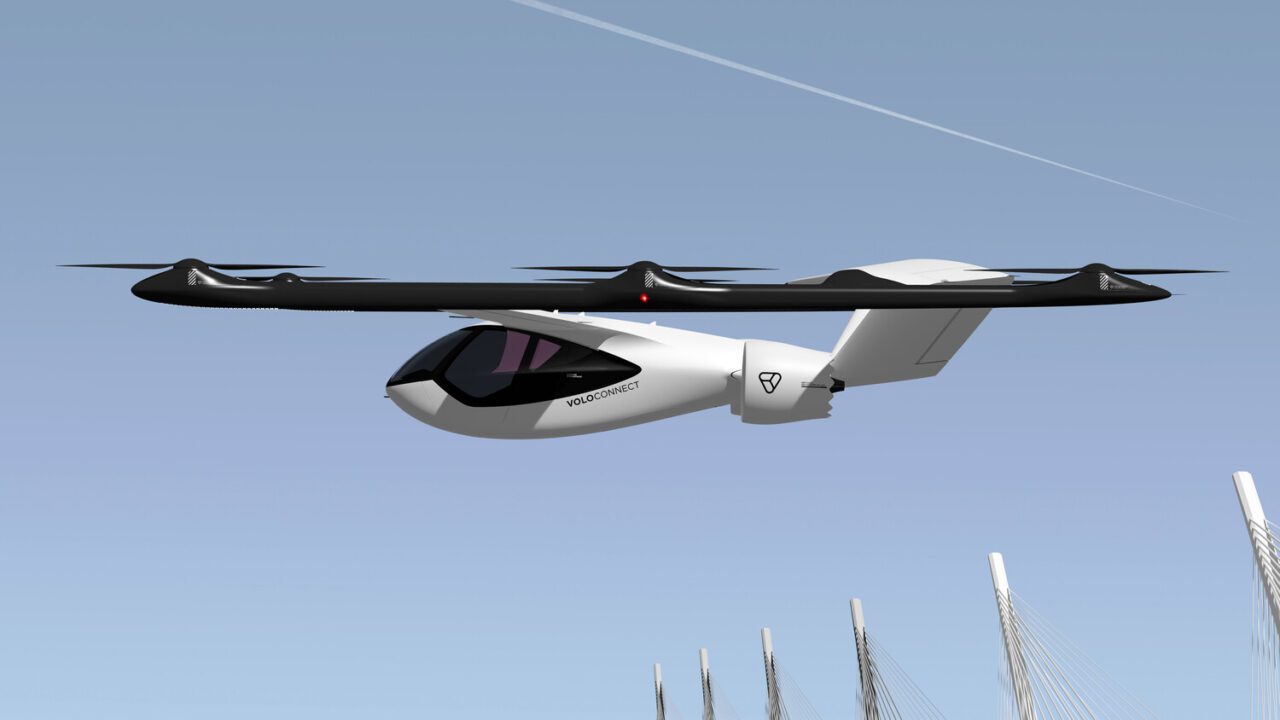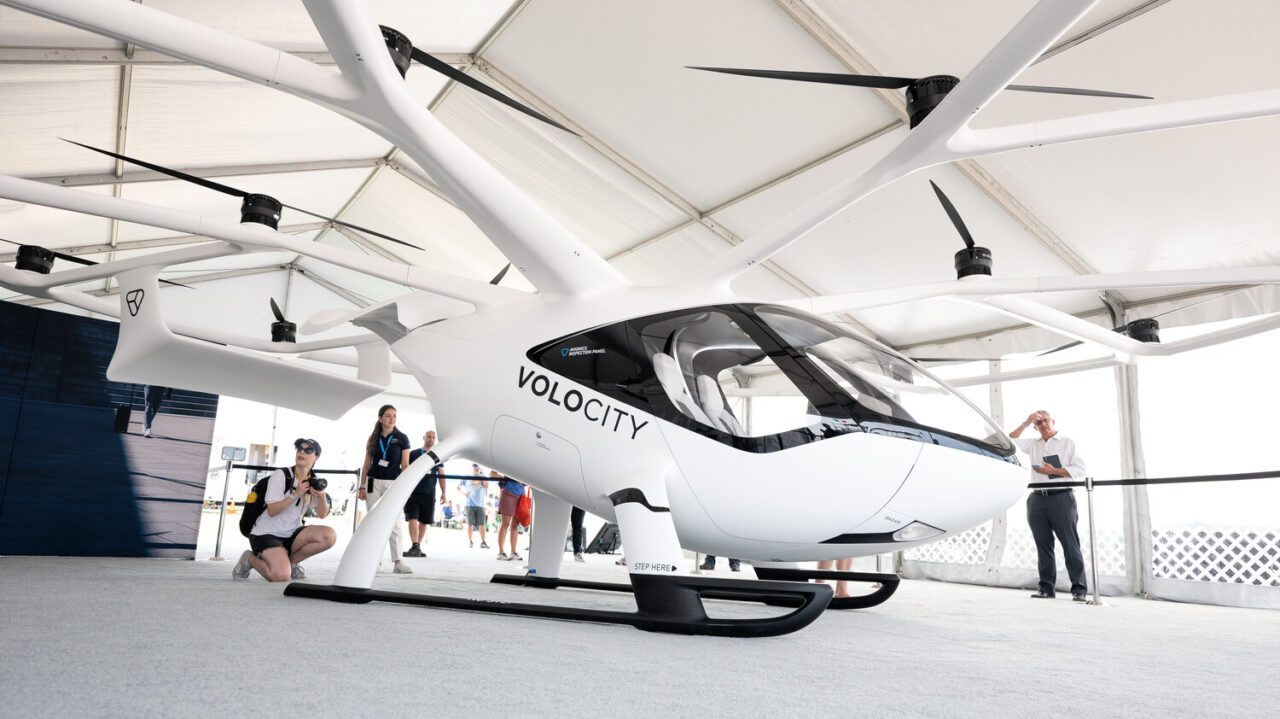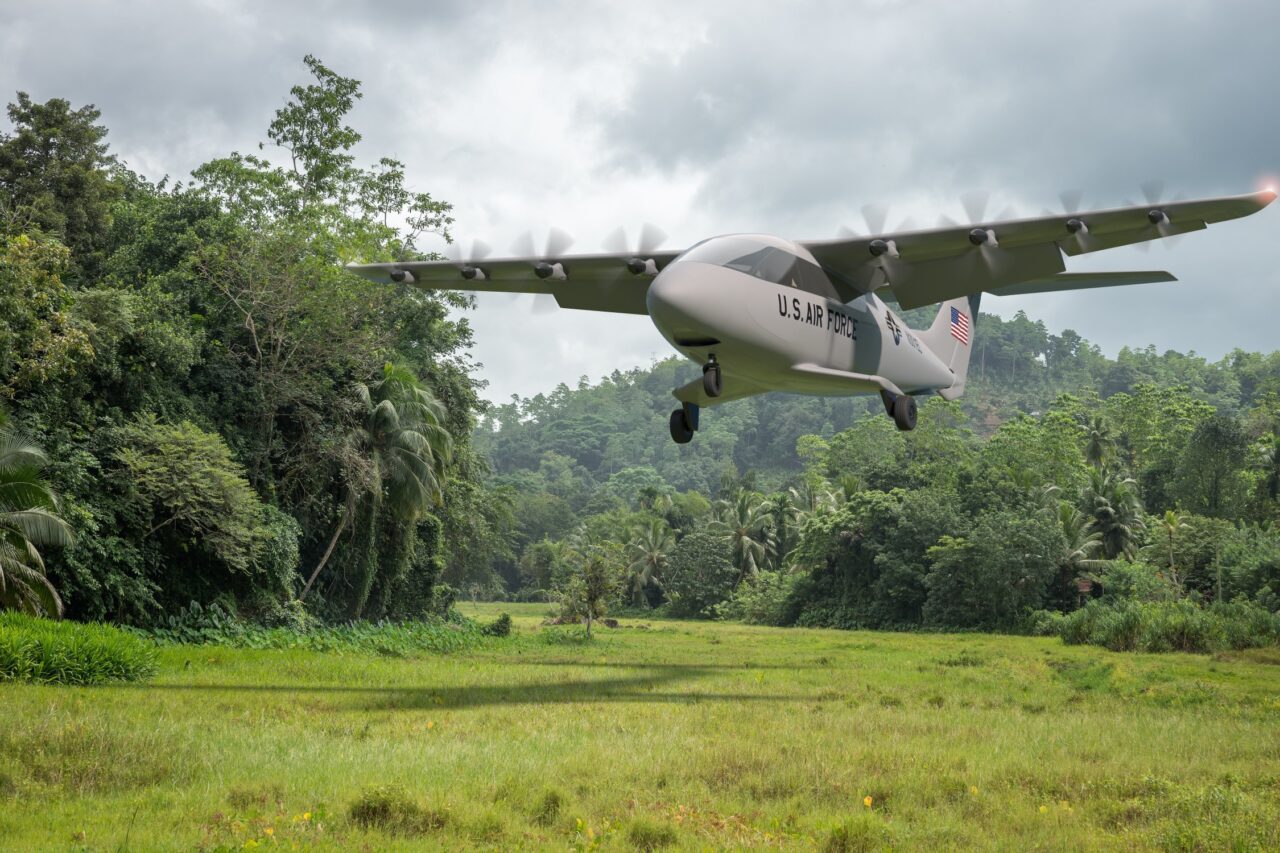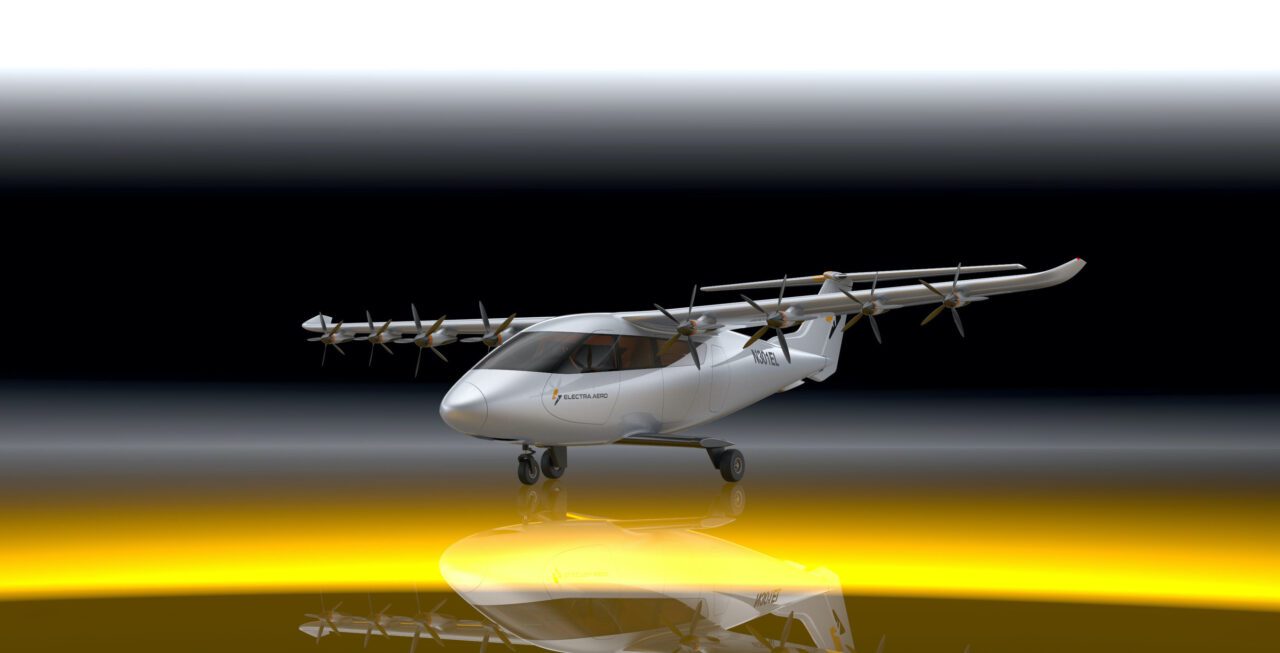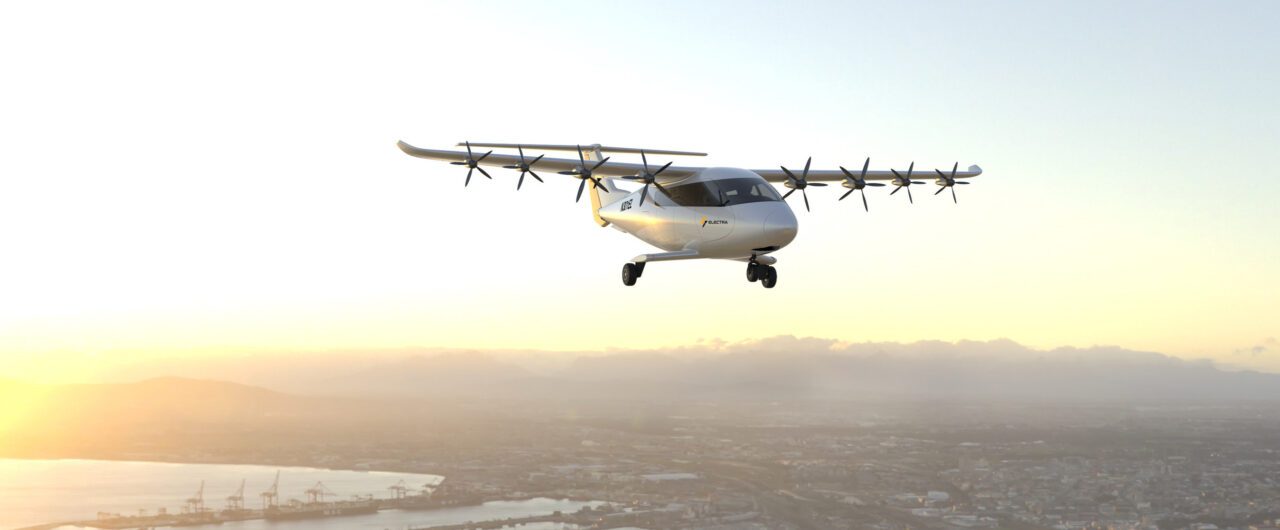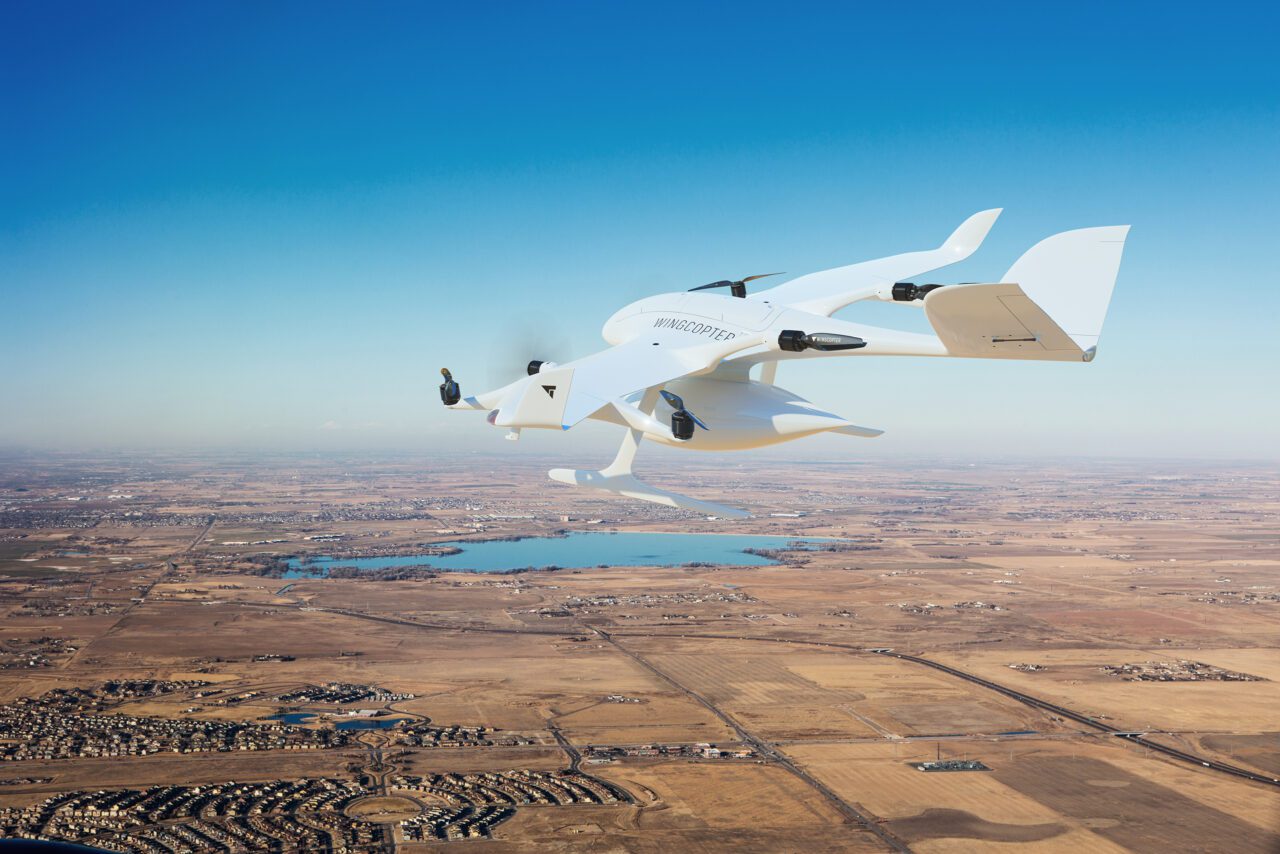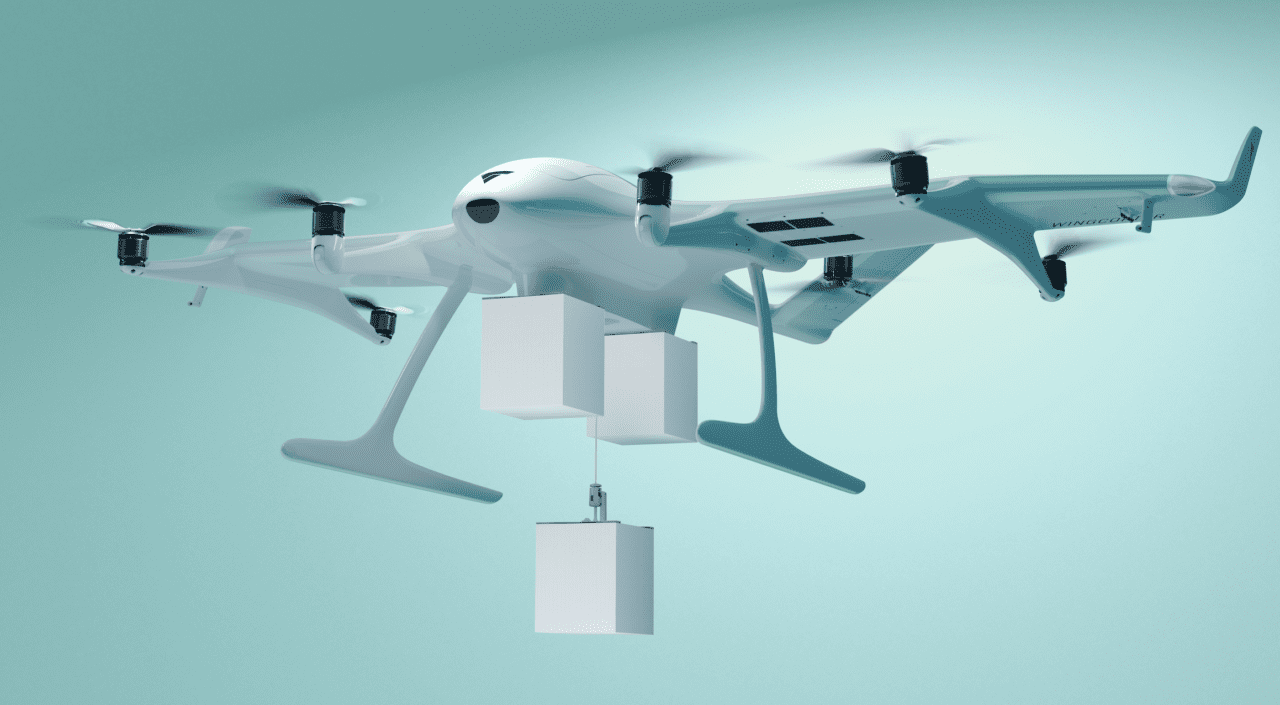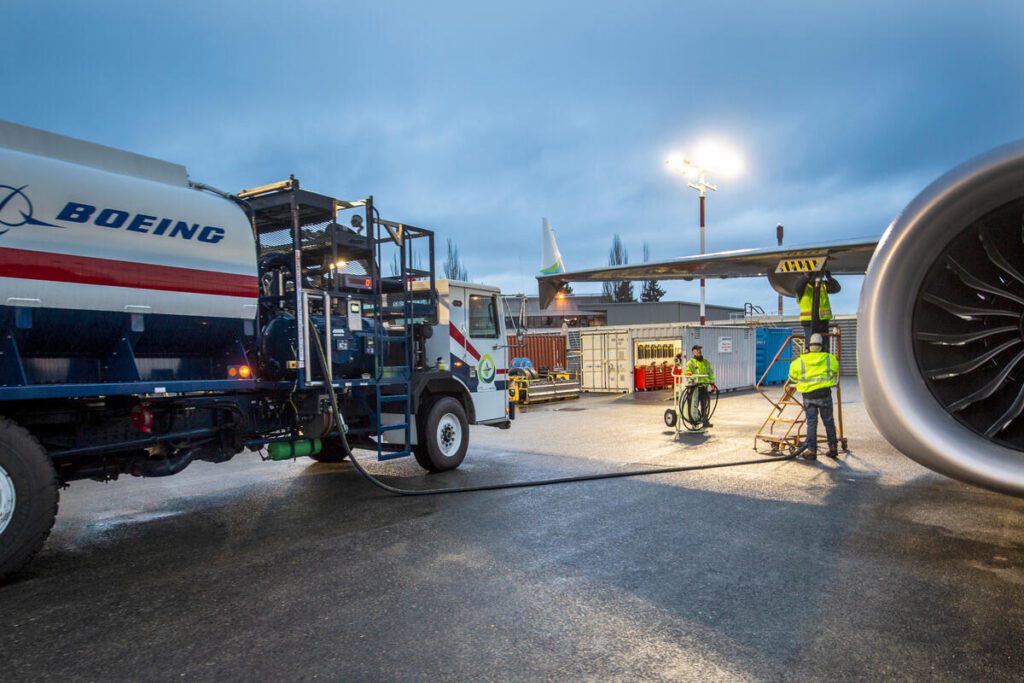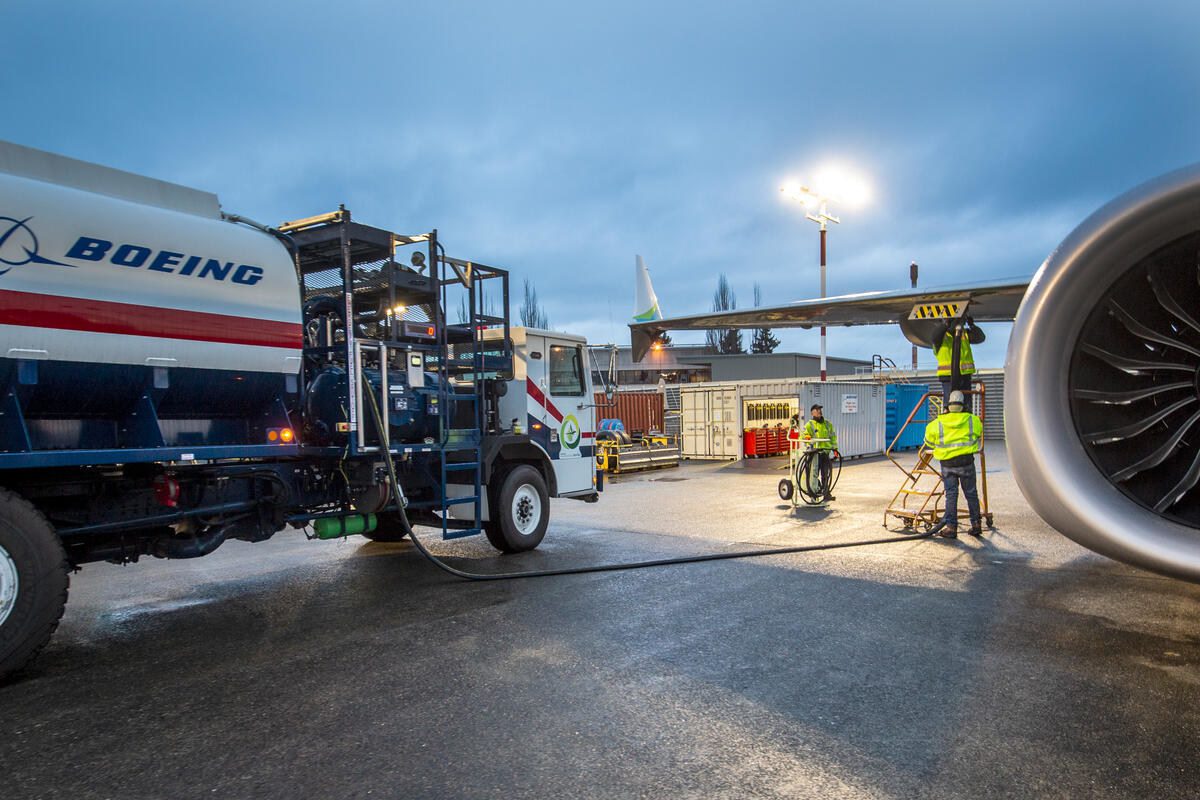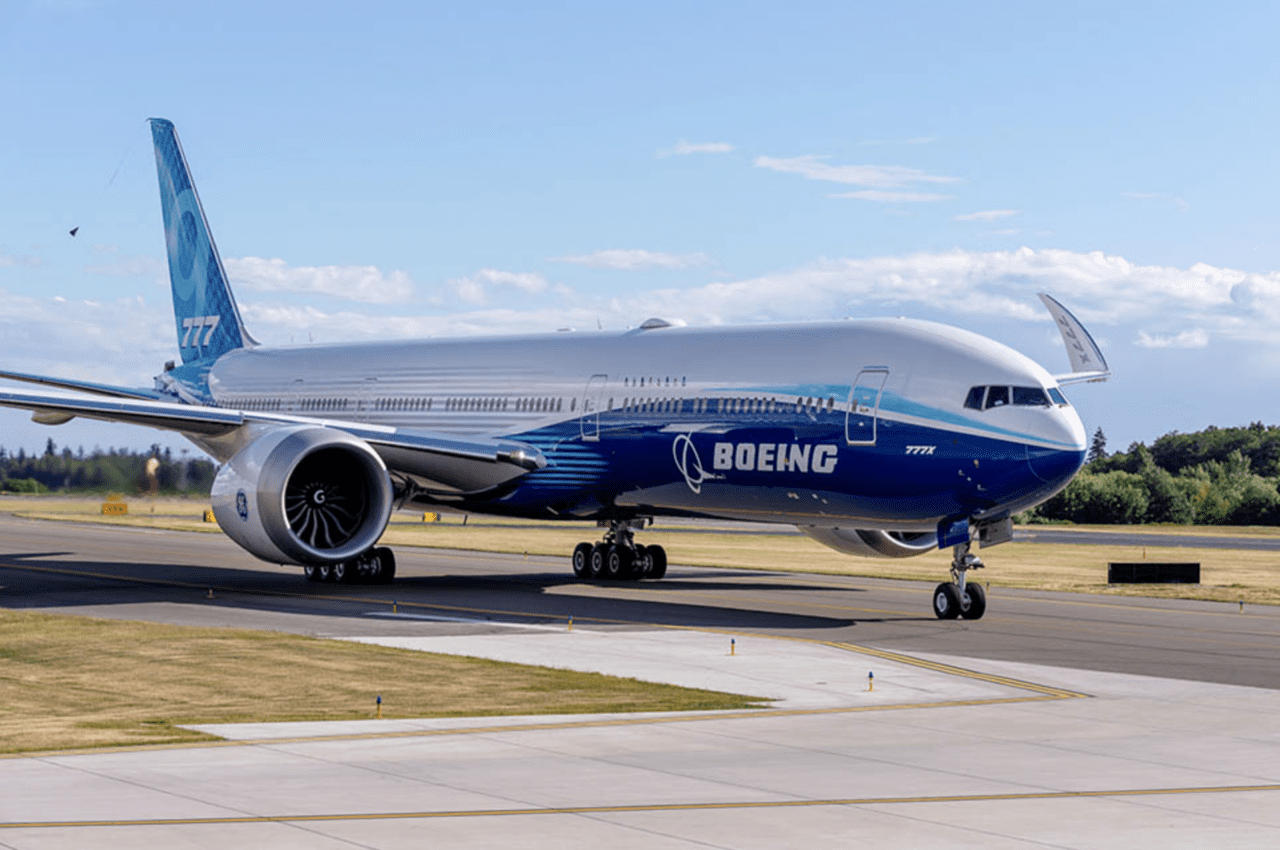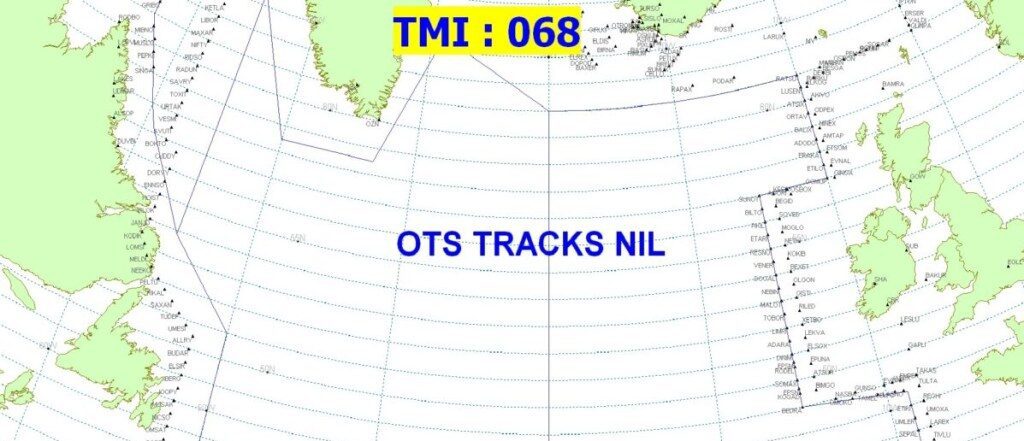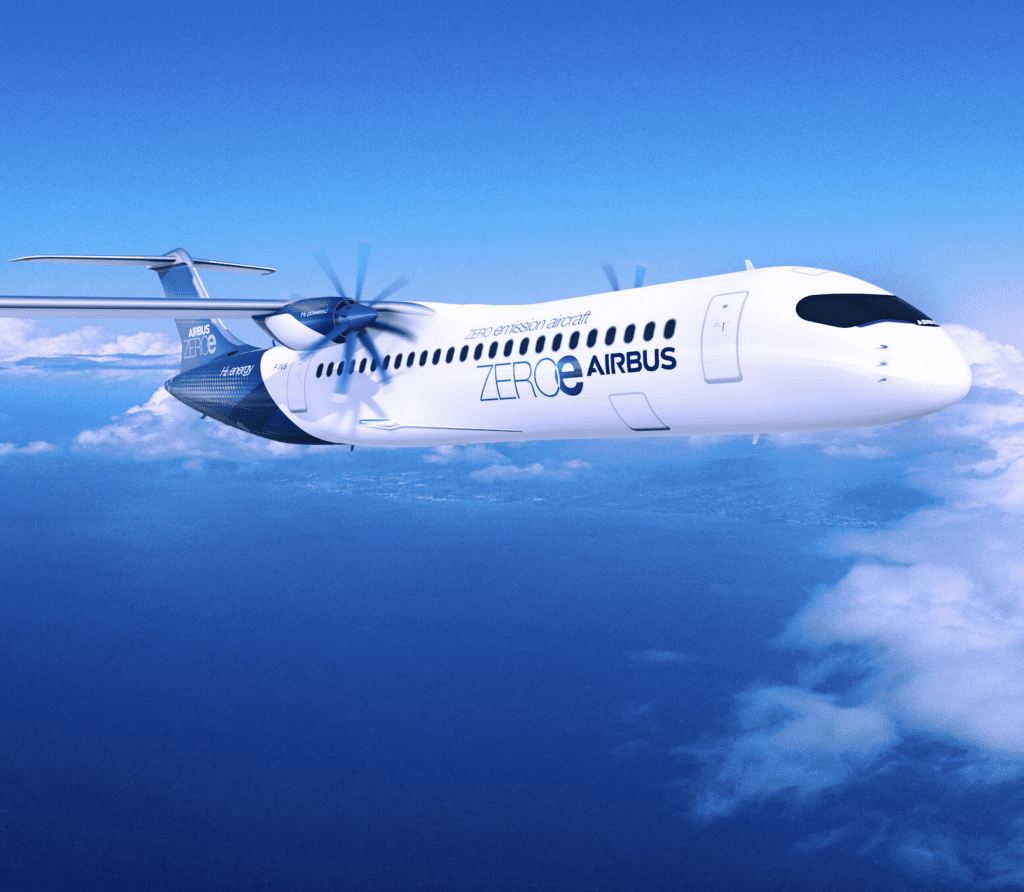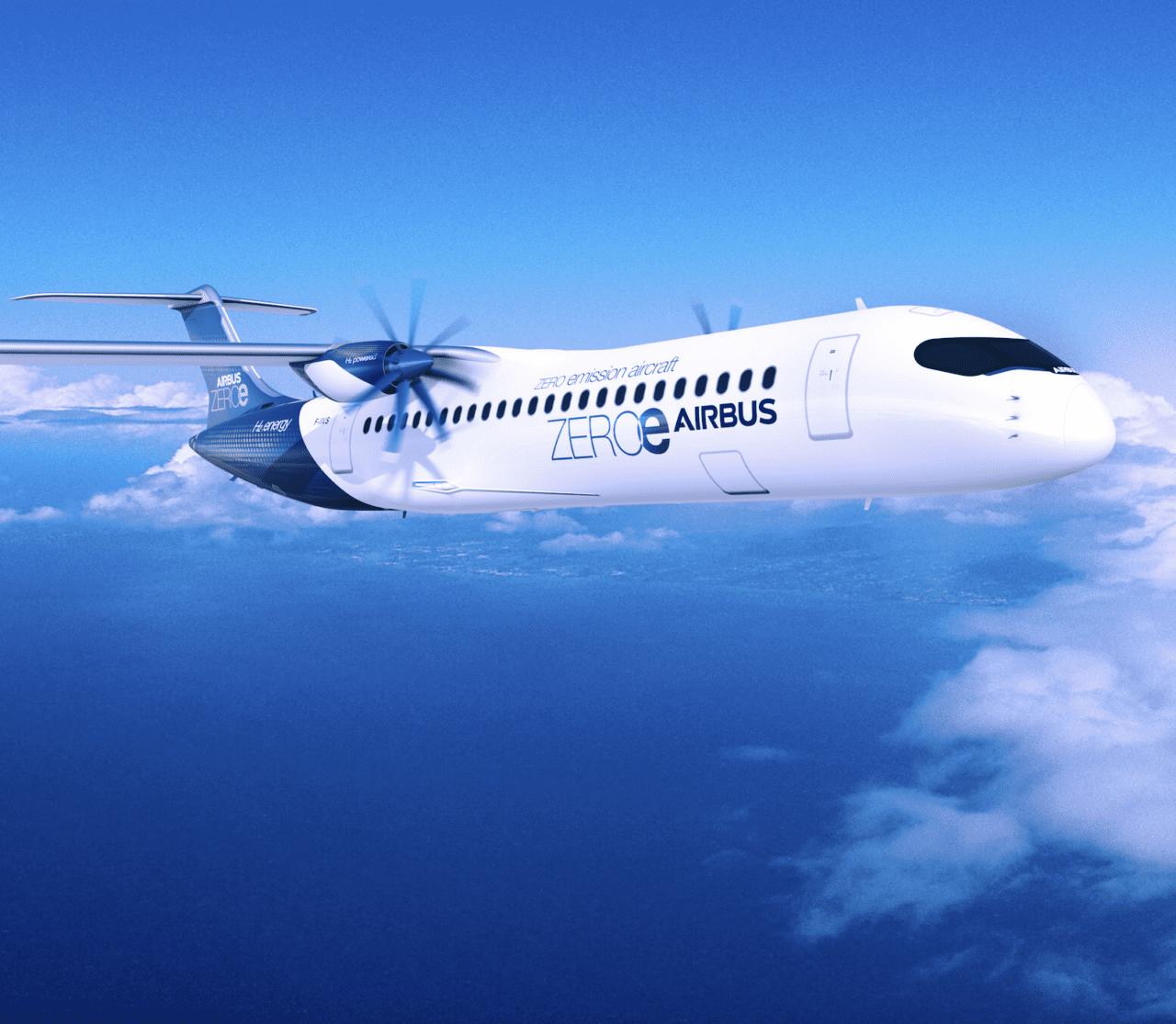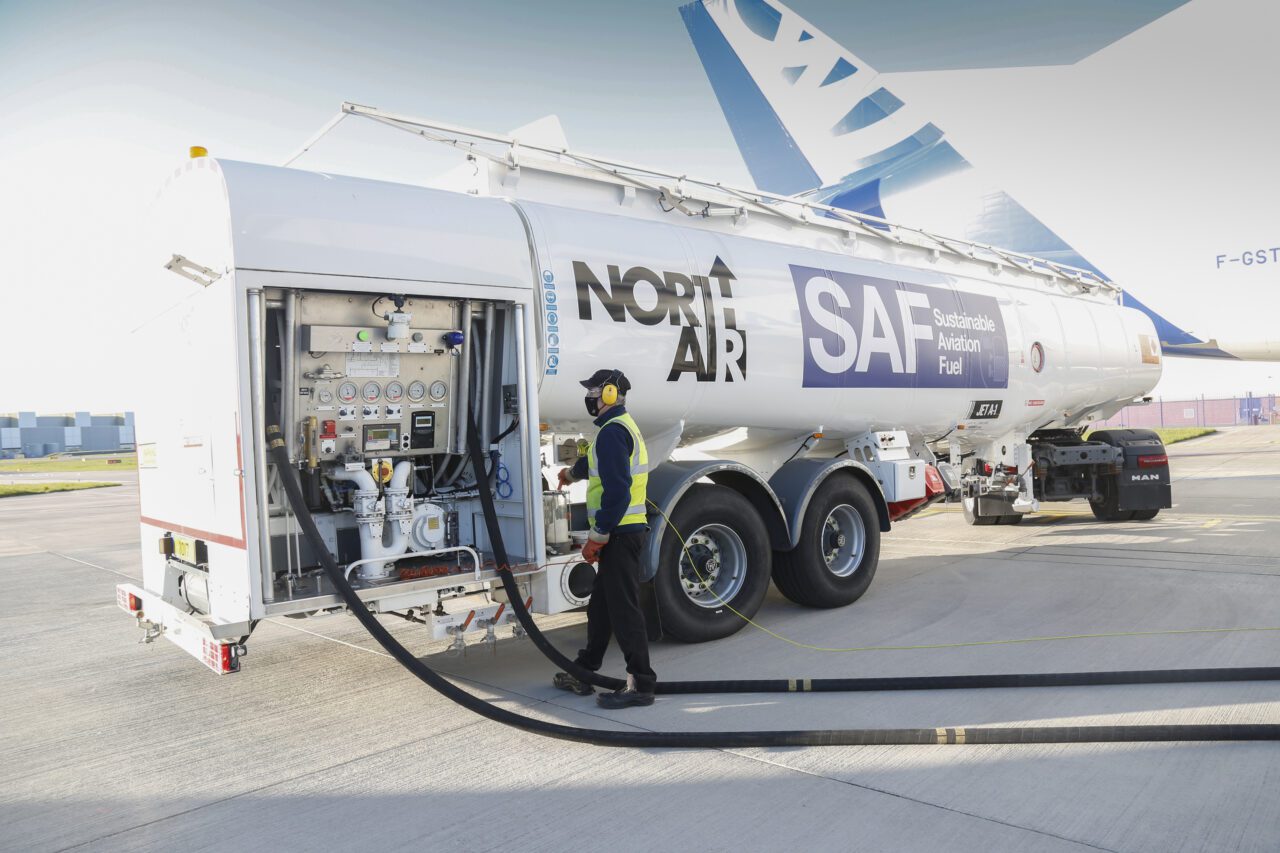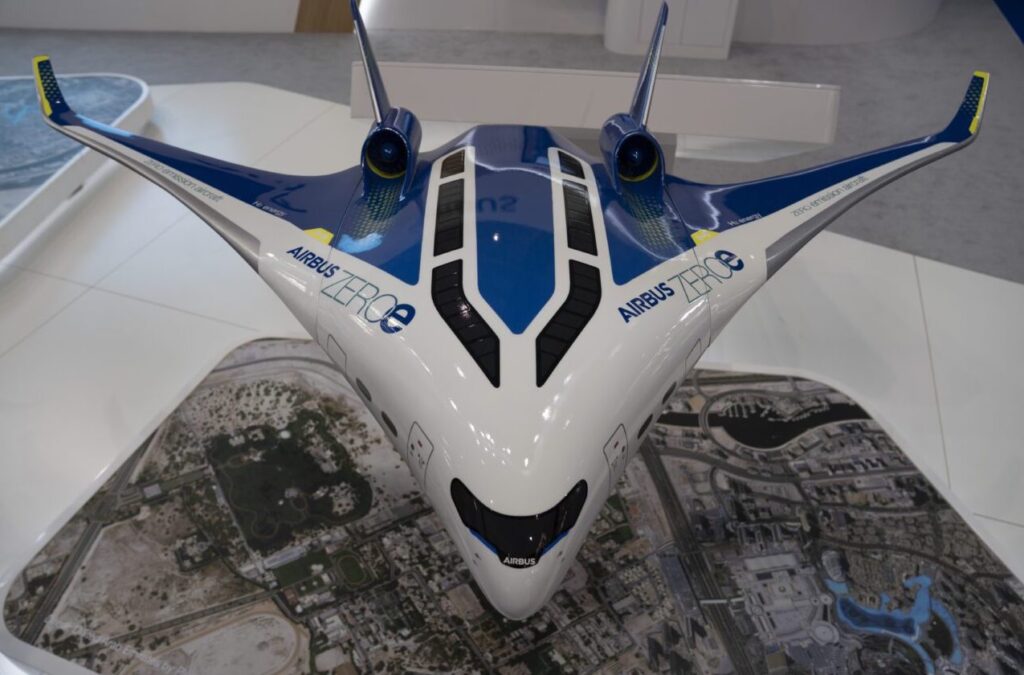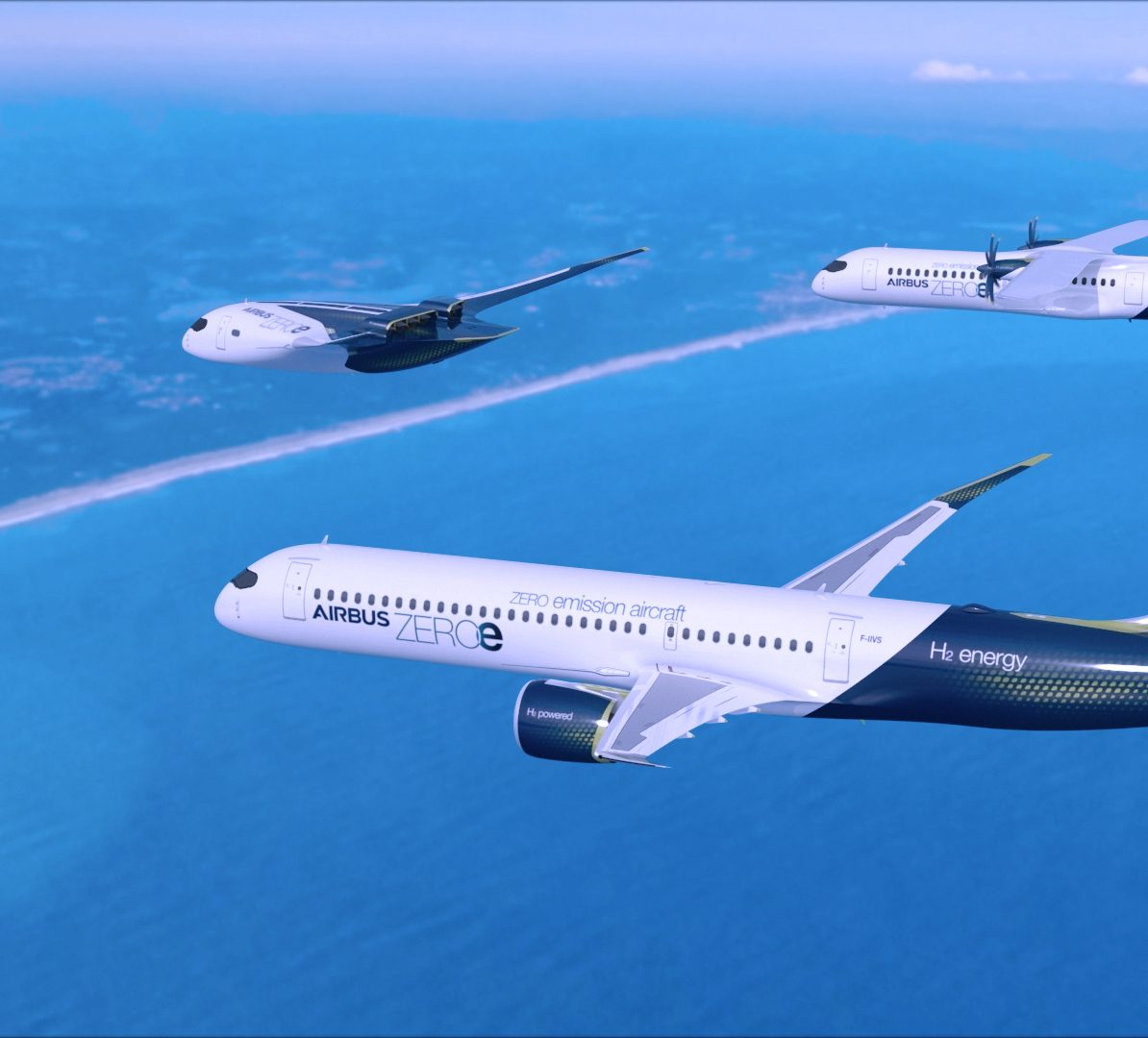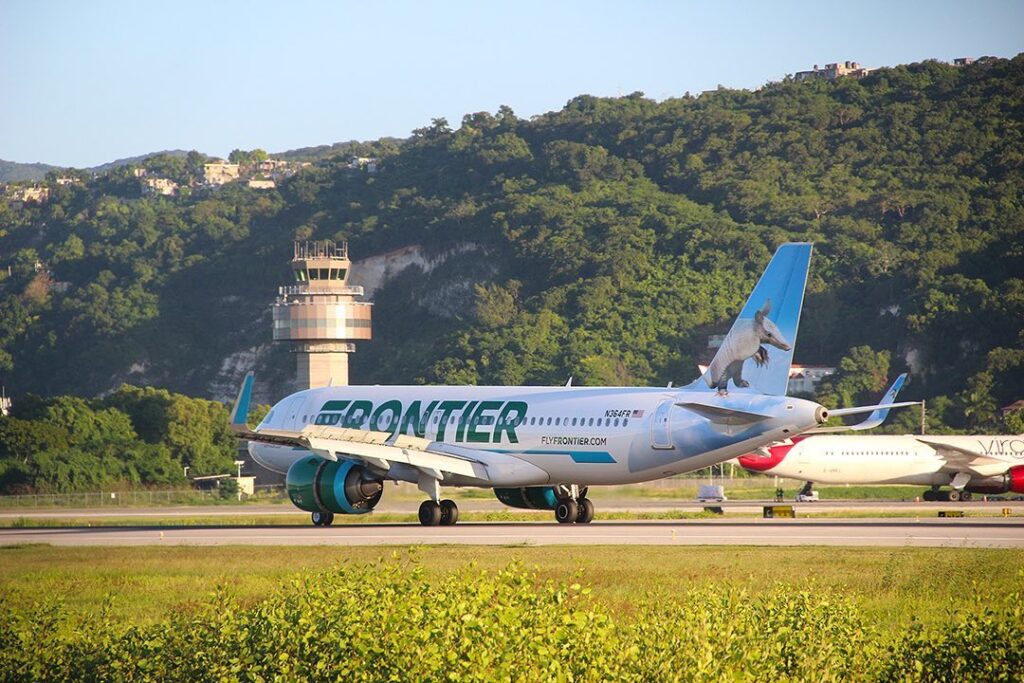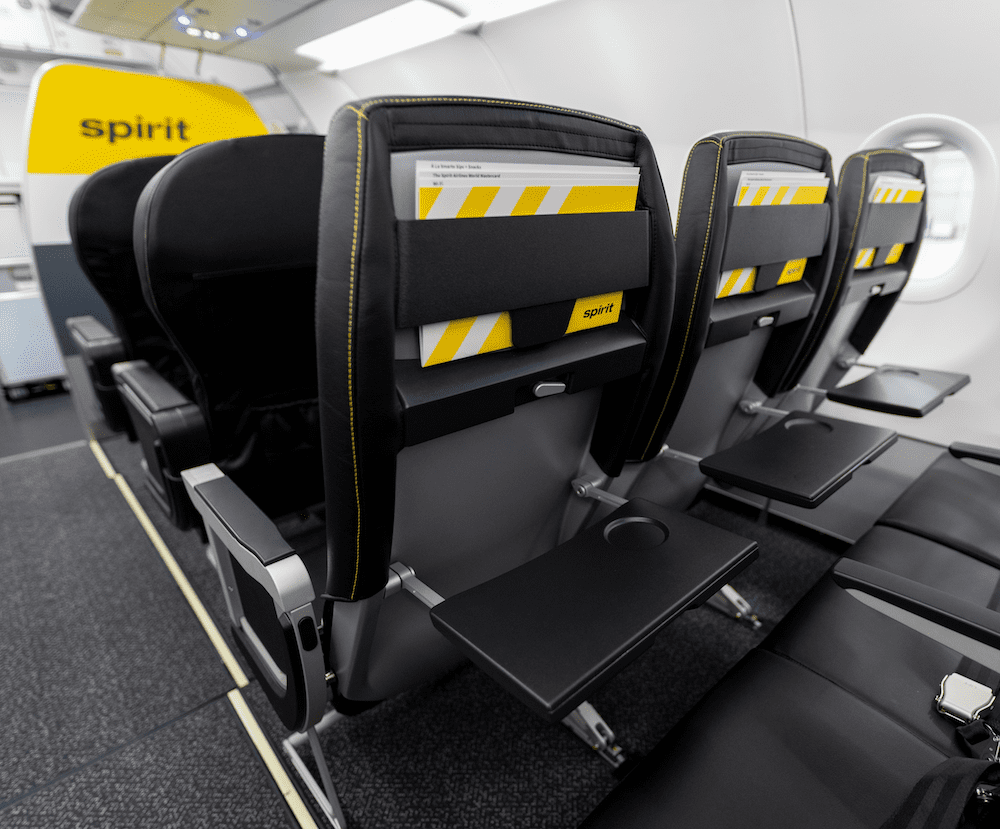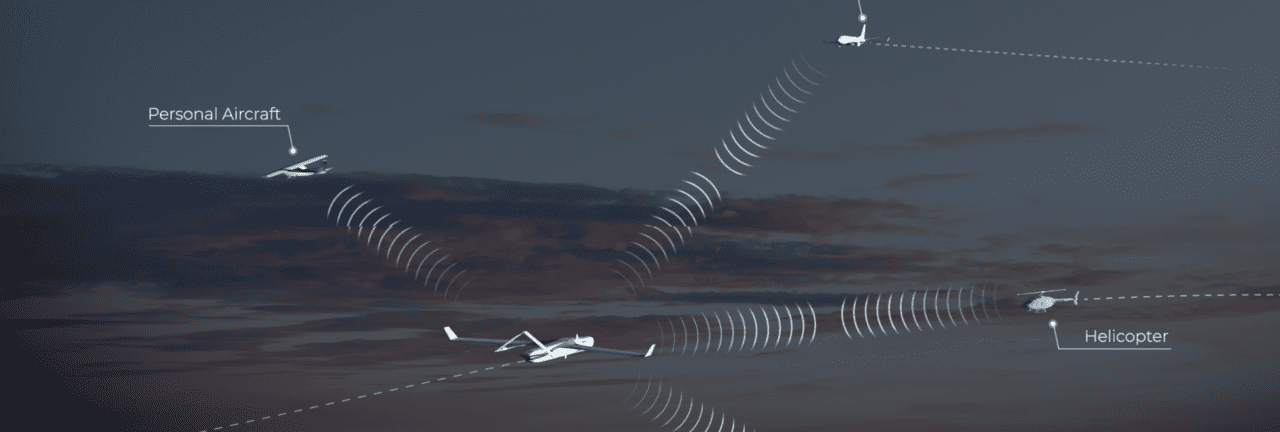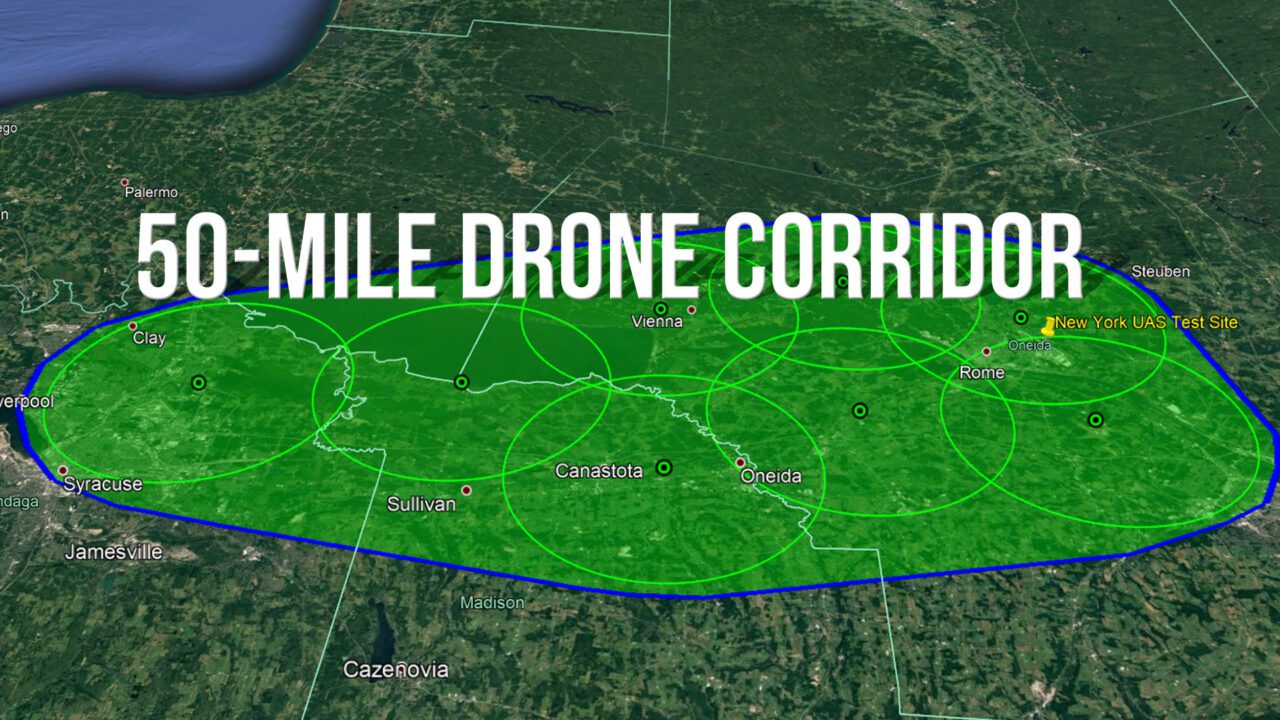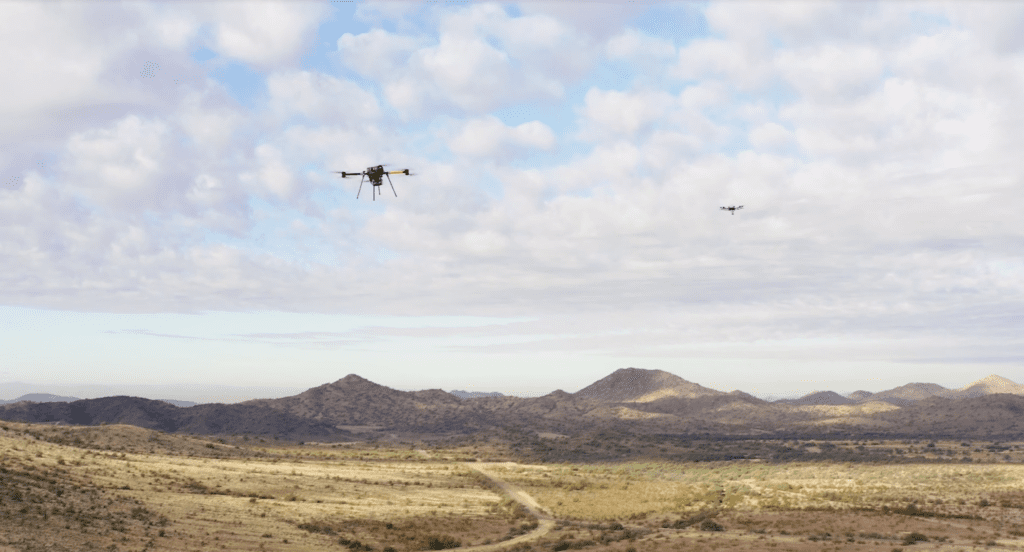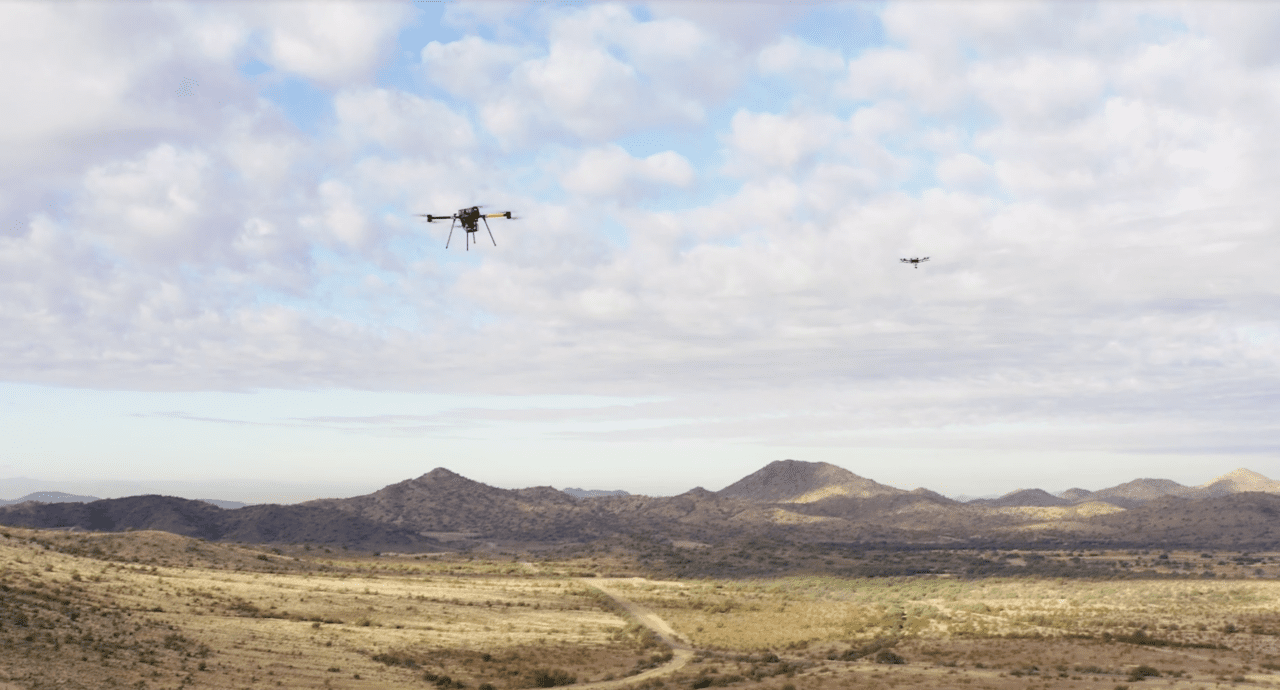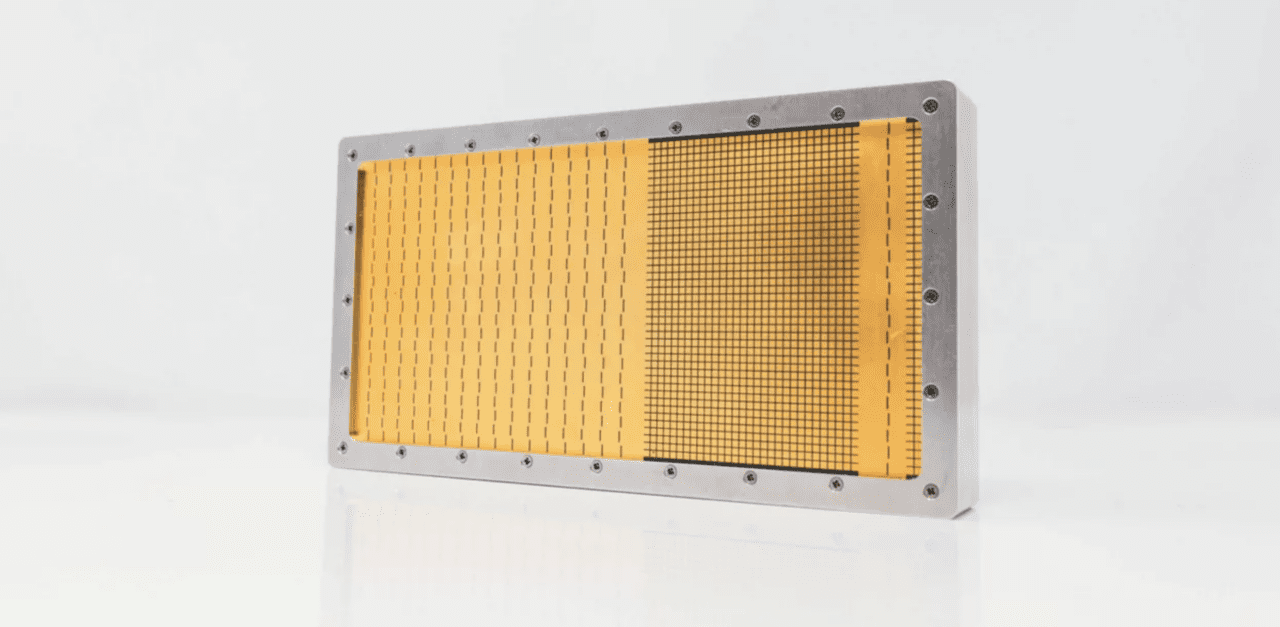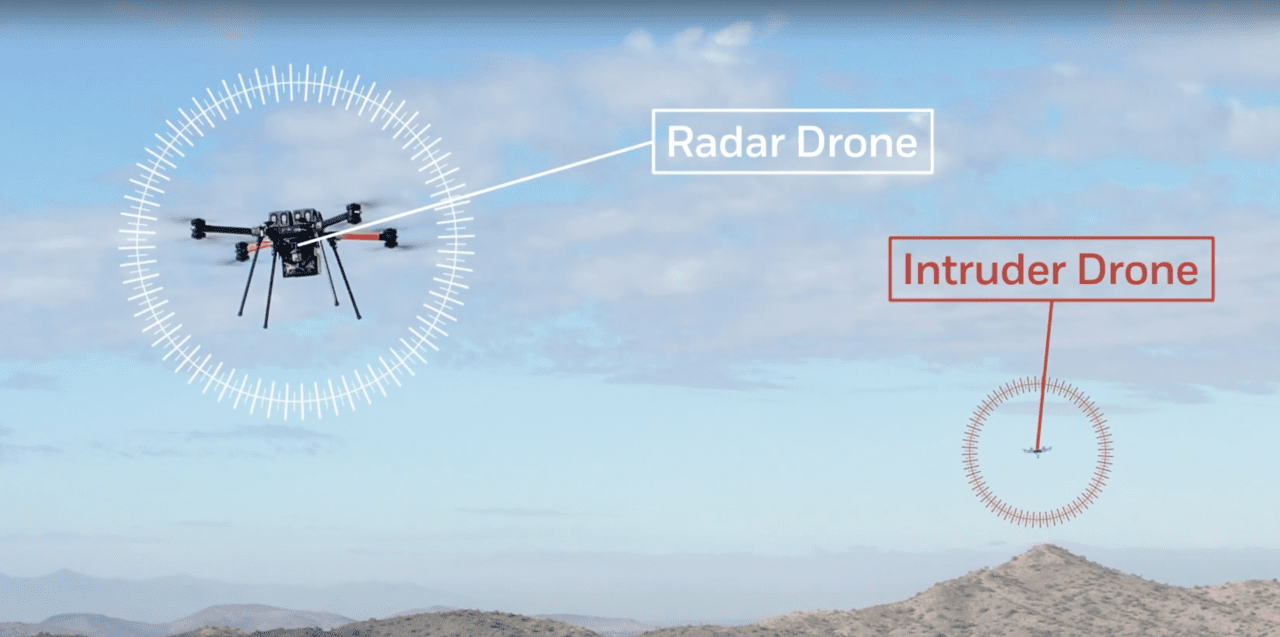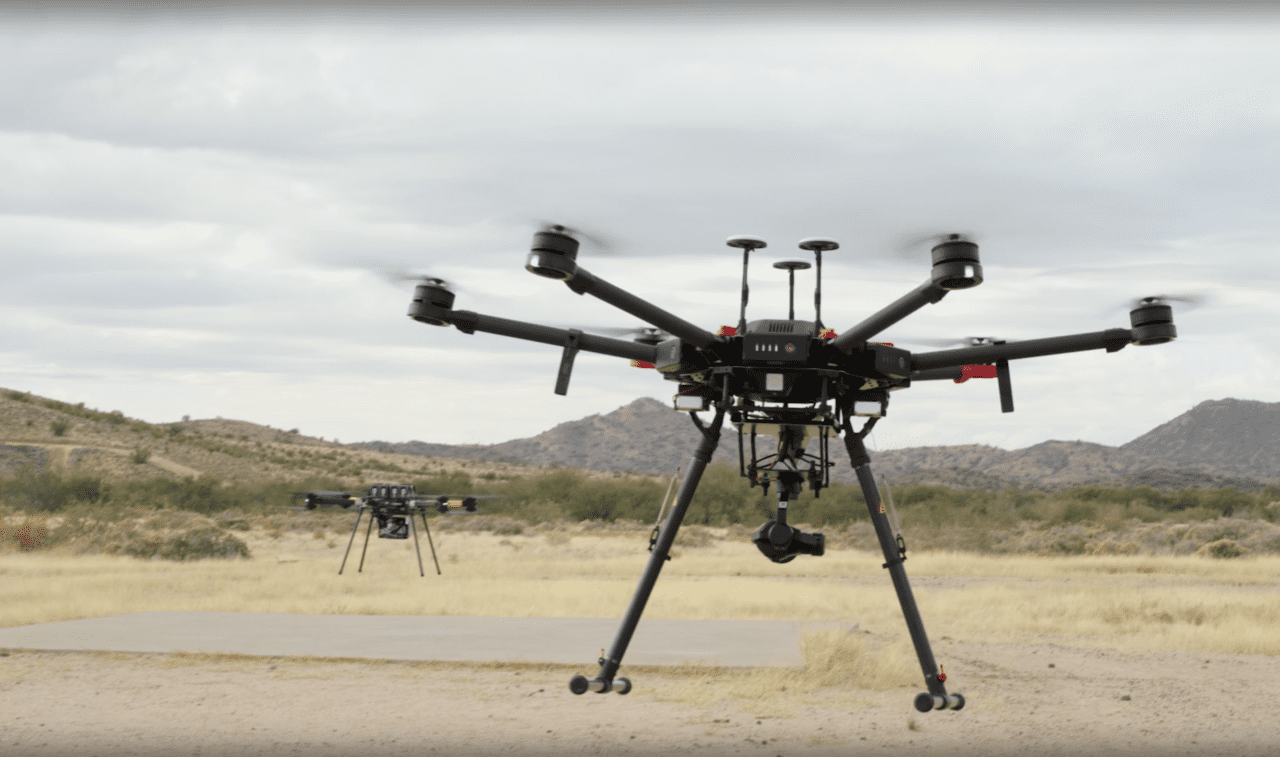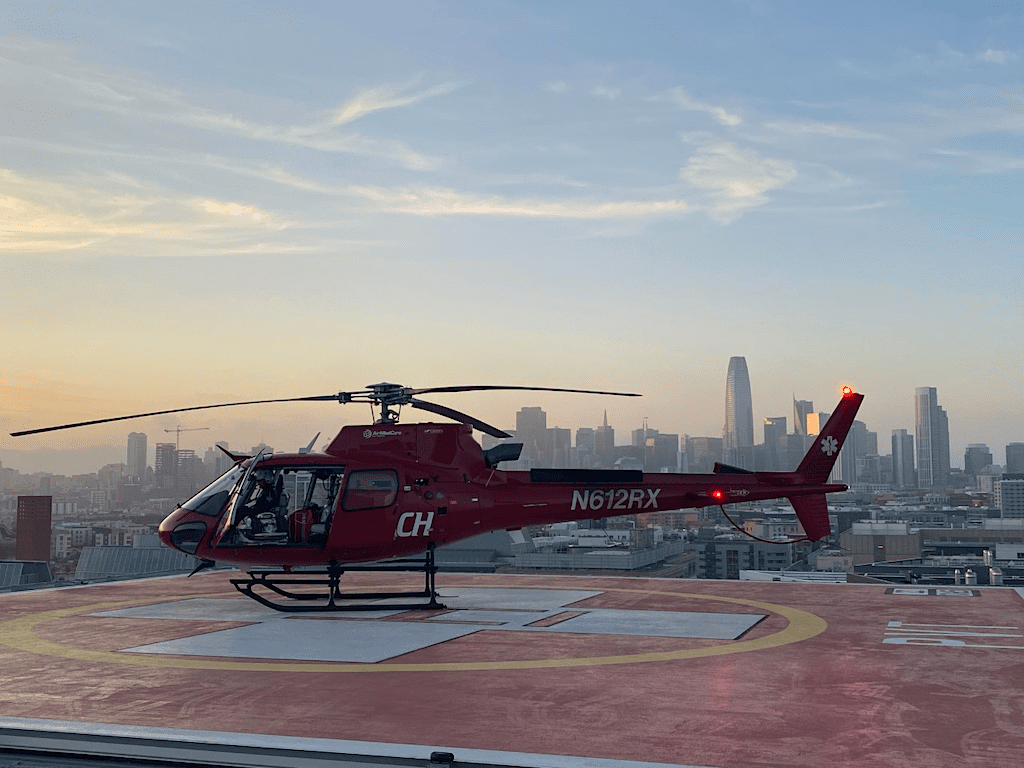
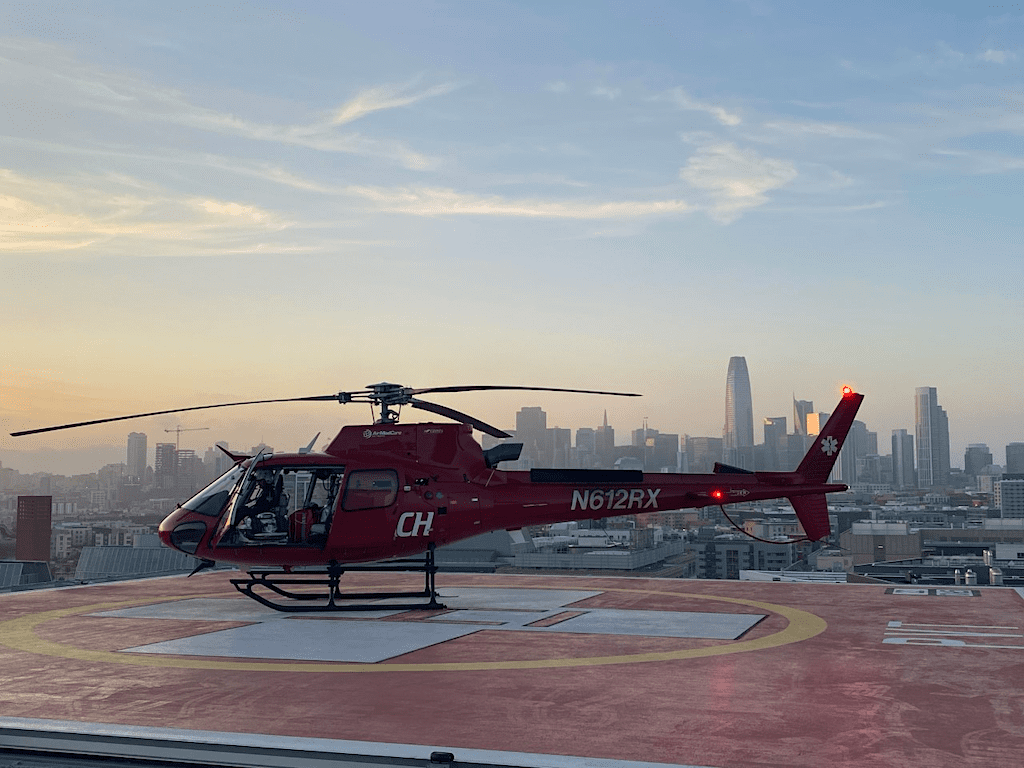
While the FAA has made progress working in collaboration with the telecommunications industry to further its understanding around how 5G C-Band services impact aircraft radio altimeters, helicopters—such as this air ambulance operated by REACH Medical Services—are a major focus for the agency moving forward. A congressional hearing held Thursday shed more light on the issue. (REACH Air Medical Service)
U.S. aviation industry leadership and the Federal Aviation Administration (FAA) are still researching and adding to their understanding of how the new deployment of 5G C-Band services impact the performance of fixed and rotary-wing aircraft radio altimeters, according to a congressional hearing held on the co-existence of flight operations and 5G C-Band Thursday.
The FAA has issued several airworthiness directives and regulatory policy updates in recent months focused on preventing signals from 5G C-Band towers causing performance issues for aircraft radio altimeters, especially during approaches and landings in low visibility at airports located closest to the towers. While the agency published a Jan. 28 statement acknowledging a new agreement that temporarily ensures the majority of in-service commercial airliners can safely operate under temporary restrictions, Thursday’s hearing showed that aviation and telecommunications engineers still have a lot of research to do on the issue.
Whereas the aviation and telecommunications sides of 5G C-Band deployment previously were suffering from a lack of communication and clarity about how signals from the new towers would impact the performance of radio altimeters, now they’re trying to establish a long-term solution that could take a number of years before it is concluded that there is no impact on every aircraft type and radio altimeter flying in the airspace today. That could take a number of years, but what happens in the interim is still being developed.
FAA Administrator Steve Dickson told congressional members of the U.S. House of Transportation Subcommittee on Aviation that the agency and the broader industry now feels that it has a more thorough understanding of how 5G C-Band interference impacts radio altimeters on most of the aircraft types operated by major commercial airlines in U.S. airspace. The agency recently cleared 90% of altimeters on the in-service fleet as being capable of safely operating under 5G C-Band deployment with the current mitigations on power levels and buffer zones around airports in place. However, there is still more understanding that needs to occur regarding altimeters featured on regional jets, business jets, helicopters, and aircraft operated by U.S. defense services.
“We still have some lower-performing regional jets and other parts of the aviation community that are impacted. I’m concerned about that. Helicopters are another area that we’re going to have to pay close attention to,” Dickson said. “We’re working on Alternate Means of Compliance (AMOCs) for those types of operations—for first responders and air ambulance type operations as well….a lot of the conversation has been about air carriers, but the entire aviation community, we need to make sure that their concerns are addressed as well.”
Aircraft radar altimeters operate within 4.2–4.4 GHz, the lower half of which falls within the C-Band—a frequency range from 3.7–4.2 GHz where the combination of the range of signal transmissions and capacity are optimum. The 5G wireless networks that were switched on by AT&T and Verizon on Jan. 19 operate within the 3.7–3.98 GHz frequency range, close to the altimeters, which has left aviation industry experts with concerns over signal interference issues. T-Mobile has also rolled out 5G wireless service in the U.S.; however, their deployment occurs in the much lower 2.5 GHz band.
According to opening statements given by Dixon, the agency is currently allowing helicopter air ambulances “to continue using safety-enhancing night vision goggles in areas where the aircraft’s radio altimeter could be unreliable due to 5G C-band interference as identified by [Notice to Air Missions] NOTAMs.” The agency is using NOTAMS issued to pilots to let them know where 5G C-Band deployment is present, and AMOCs are also available to airlines and aviation manufacturers who are able to prove the altimeters on their aircraft are not susceptible to 5G C-Band interference.
According to testimony given by Helicopter Association International (HAI) President and CEO James Viola, however, the AMOC procedures for rotorcraft still have not been developed. Viola said that approximately 1,206 helicopters operated as air ambulances are using the exemption that the FAA has developed for helicopters to operate in areas where their altimeters may not function properly.
“The development of new radar altimeters with filters that can withstand 5G interference is critical to the vertical flight industry’s ability to continue flying and serving the public good. However, developing and certifying new radar altimeters will take time,” Viola said. “Additionally, the cost for operators to purchase and install these new altimeters is of significant concern to the industry. My members ask why they should be financially responsible for installing new equipment to mitigate the safety risk imposed by another corporation’s decision to deploy 5G wireless systems.”
The AMOCs available to airlines were also a major topic of discussion during the hearing. Kaiali’i Kahele, a U.S. Representative from Hawaii and member of the House Subcommittee on Aviation, for example, noted that the AMOCs that the FAA has approved for Hawaiian Airlines will expire on Feb. 28. Administrator Dickson noted that the agency has established expirations on the AMOCs as they’re approved to account for the deployment of additional 5G C-Band towers.
Last month, the FAA published a list of 50 U.S. airports that will have 5G C-Band buffer zones, where AT&T and Verizon have agreed to limit the power levels on signals generated by their deployed towers. Several news reports over the last month demonstrated the type of disruption experienced by flight operations at those airports that were identified, as well as those not listed and outside of the buffer zones.
Eugene Airport Director Cathryn Stephens told the committee that low visibility conditions are a regular occurrence at her airport, which can significantly limit operations during those times.
“While it is positive that the FAA has reviewed and approved AMOCs on an expedited basis to cover at least 90 percent of the U.S. commercial aircraft fleet, we are not yet at the point where all aircraft previously serving my airport and others can continue to operate in low-visibility conditions,” Stephens said. “The continued inability for certain aircraft to operate during low-visibility conditions poses a particular problem for airports that may only receive service or that receive the vast majority of service from those aircraft.”
A major focus for aircraft radio altimeter manufacturers moving forward will be the development of new filters and standards that ensure altimeters are resistant to 5G C-Band or any other out-of-band radio frequency interference. The Radio Technical Commission for Aeronautics (RTCA) published a new “Frequently Asked Questions” page on its website to acknowledge its ongoing role in the development of such standards, although no timeline on that development is currently available. The group has tasked Special Committee 242 (SC-242) with this mission.
Administrator Dickson said that the FAA has telecommunications engineers onboard the flight test aircraft they’re operating to evaluate 5G C-Band’s impact on different altimeters.
“The performance standards for C-Band resistant radio altimeters are in development. That work has been going on for some months now; the standard-setting process takes time,” Dickson said. “The encouraging news to me is that this flight test activity that we are undertaking will also be very beneficial in setting those new standards, because we will have real-world data that we can use to go back to the avionics manufacturers and help inform those new designs.”
The post FAA, Aviation Industry Continues Research on 5G C-Band Interference Issues and Next Steps appeared first on Aviation Today.
—————
Boost Internet Speed–
Free Business Hosting–
Free Email Account–
Dropcatch–
Free Secure Email–
Secure Email–
Cheap VOIP Calls–
Free Hosting–
Boost Inflight Wifi–
Premium Domains–
Free Domains
